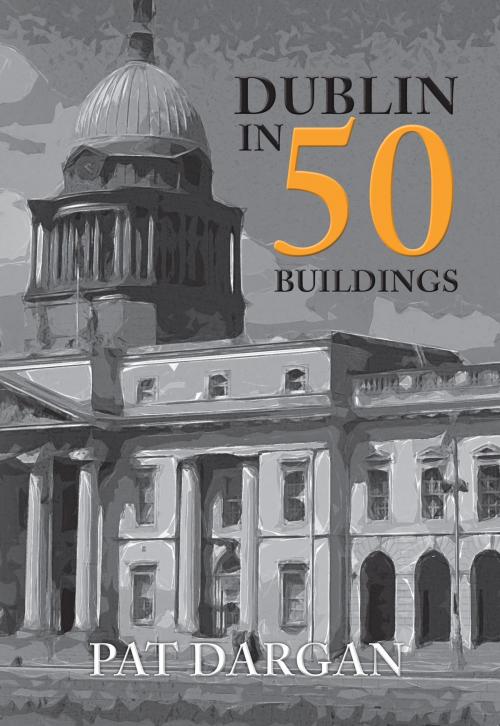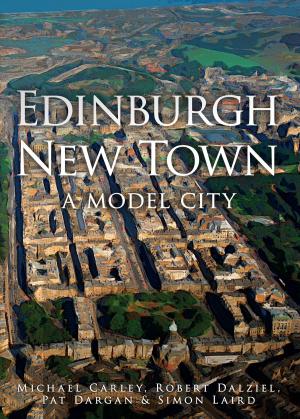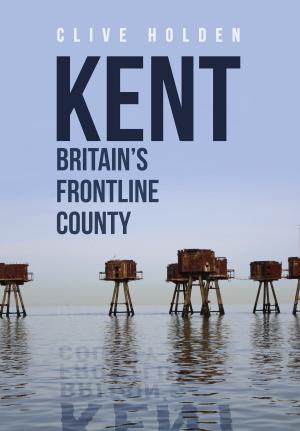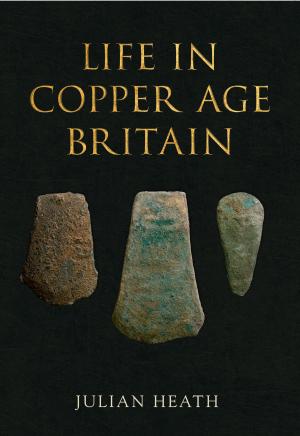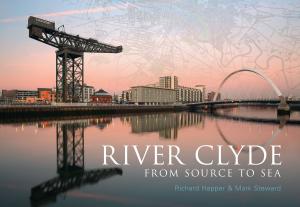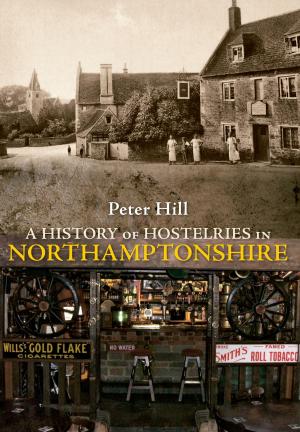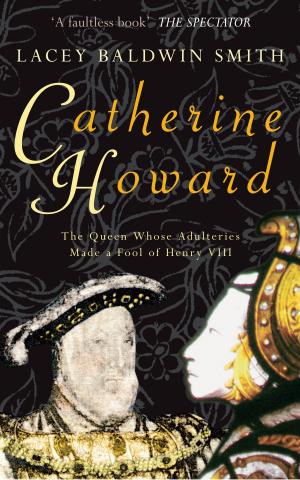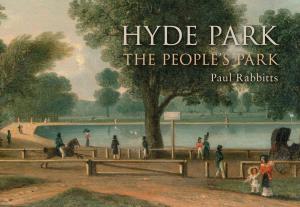Dublin in 50 Buildings
Nonfiction, Art & Architecture, Architecture, Public, Commercial, or Industrial Buildings, History| Author: | Pat Dargan | ISBN: | 9781445677743 |
| Publisher: | Amberley Publishing | Publication: | November 15, 2017 |
| Imprint: | Amberley Publishing | Language: | English |
| Author: | Pat Dargan |
| ISBN: | 9781445677743 |
| Publisher: | Amberley Publishing |
| Publication: | November 15, 2017 |
| Imprint: | Amberley Publishing |
| Language: | English |
Dublin was established as a Viking settlement in the early Middle Ages and, following the Norman Invasion of Ireland, rapidly grew in size and importance to become a major city. Following the English conquest of Ireland in the sixteenth century, Dublin continued to develop as a centre of trade, and its growing prosperity into the eighteenth century is demonstrated by the city’s rich Georgian architectural legacy, which still forms an important part of Dublin’s character today. Following independence in 1922, Dublin became the capital city of Ireland and although the fabric of the city centre suffered during the 1916 Easter Rising, the Irish War of Independence and the subsequent Civil War, it has been at the forefront of the country’s economic expansion in recent decades. Today, Dublin has many significant modern buildings standing alongside its more historical architectural legacy. Dublin in 50 Buildings explores the history of this fascinating city through a selection of its most interesting buildings, including the Norman Dublin Castle, the Georgian Customs House by the River Liffey, the twentieth-century Guinness Storehouse, along with buildings that may not be as well known but are equally interesting.
Dublin was established as a Viking settlement in the early Middle Ages and, following the Norman Invasion of Ireland, rapidly grew in size and importance to become a major city. Following the English conquest of Ireland in the sixteenth century, Dublin continued to develop as a centre of trade, and its growing prosperity into the eighteenth century is demonstrated by the city’s rich Georgian architectural legacy, which still forms an important part of Dublin’s character today. Following independence in 1922, Dublin became the capital city of Ireland and although the fabric of the city centre suffered during the 1916 Easter Rising, the Irish War of Independence and the subsequent Civil War, it has been at the forefront of the country’s economic expansion in recent decades. Today, Dublin has many significant modern buildings standing alongside its more historical architectural legacy. Dublin in 50 Buildings explores the history of this fascinating city through a selection of its most interesting buildings, including the Norman Dublin Castle, the Georgian Customs House by the River Liffey, the twentieth-century Guinness Storehouse, along with buildings that may not be as well known but are equally interesting.
